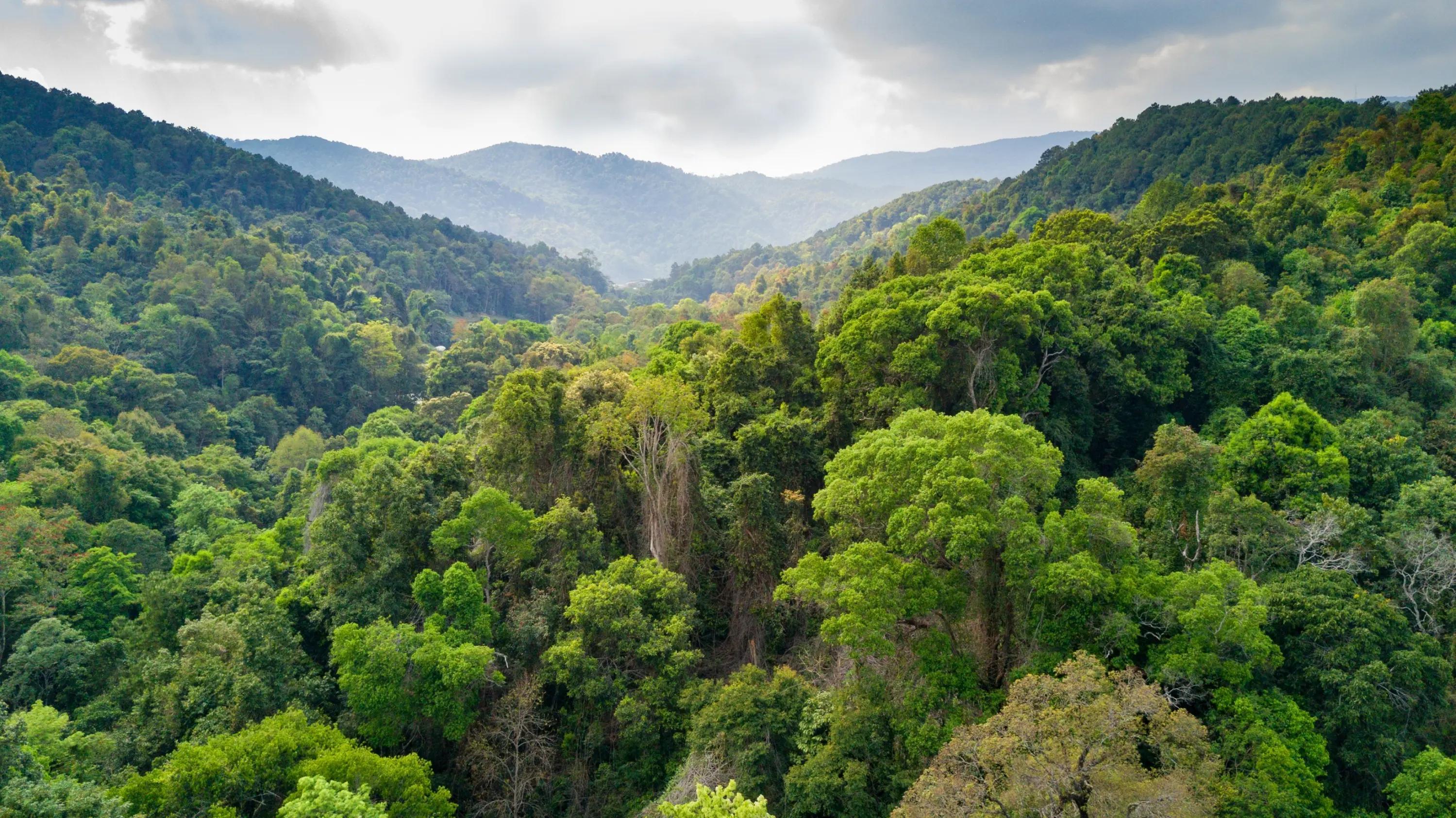
Thailand
The sweet song of the flutes steals the heart and the drums vibrate deeply, voices are heard everywhere and the trees veil the face of the moon. Melodies marry questions and answers, on the resounding plain from which the mountains rise.
Sunthorn Phu
Where is this poetry from?
It is no exaggeration to say that Sunthorn Phu (1786 - 1855) is Thailand's most famous poet. Every June 26th across the country, a day is dedicated to him, in which many of his most important compositions are read aloud to celebrate his work. He is undoubtedly a fascinating figure, experiencing court and prison, monastic life and alcoholism over the course of his lifetime. His compositions were revolutionary, as they broke with the tradition that poetry could be dedicated only to certain themes, linked to the customs of the local nobility. He used a more popular language, dealing with everyday topics, without losing the lyricism that can be heard in those beautiful few lines above.
This popular and poetic character is present in many aspects of daily life in Thailand, not least in the more rural areas, far from the modern tourist circuits.
The land
Thailand is not a very large country (although it's not exactly small, given that in the ranking of countries with the largest territory it ranks 52nd, just before Spain), but its geographical complexity is clear with just a glance at a map. There are two main areas. The north, with a substantial part of mountainous territory that extends into the Indo-Chinese peninsula and the southern peninsula, which stretches to the border with Malaysia. It overlooks the Gulf to the east of Thailand and the Strait of Malacca to the west.
Due to its location, Thailand's climate is mainly affected by monsoons, although the territorial development of the country means that very different microclimates can be found within it. Broadly speaking, there are two seasonal phases: the dry season (a cool one between October and January and a warm one between February and April) and the rainy season (which runs from May to October).
Treedom in Thailand
Treedom's work in Thailand began in 2017 in the valleys of the north-west of the country. That project focused on the planting of fruit trees, Mango in particular, a tree which flourishes here as the region provides an environment and a climate that support its growth. In 2021 we took the opportunity to return to work in Thailand, starting a new project that is developing fast.
We are in the province of Surin, a part of the country that borders Cambodia. We are far from the classic tourism routes and the area is traditionally agricultural. To understand the climate of the area, consider that here we are in that part of Thailand hit by typhoon rains, which typically occur between September and October. Typhoons are tropical cyclones that develop in the Northwest Pacific basin and greatly affect this part of Thailand.
Variety is wealth
The agricultural traditions of this part of Thailand historically also involve the cultivation of fruit trees. This is why our project focuses on the creation of agroforestry systems capable of bringing together numerous species. It's a way to make the most of the natural resources and people's skills that are typical of the area. Mango, guava, pomelo, banana, avocado and coconut trees are among those that we have chosen, in agreement with the local communities. We are planting these trees with the goal that they will become rich in fruits which, of course, will belong to the farmers who take care of them.
There are also some very special species grown here such as the longan, which produce edible fruits similar to those of the lychee, and the durian, which is famous for the pungent smell of its fruit. Last but not least, there are species like the ambnoyna that enrich the soil with nutrients.
22,981
trees planted in Thailand
674
beneficiaries involved in Thailand
